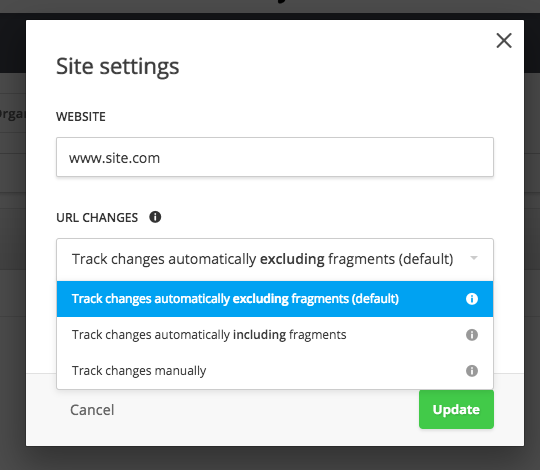I am trying to integrate the Hotjar library to track heatmaps for users in our React SPA.
I have followed the general tutorials but I have not been able to get this working.
I have the standard Hotjar tracking code in the element of the document.
I am using a Higher Order Component to hook into React router and have attempted to call both window.hj('stateChange', page) and window.hj('vpv', page) but none of this has been logged in Hotjar heatmaps.
Here is the code for the HOC:
import React, { Component } from 'react';
import GoogleAnalytics from 'react-ga';
GoogleAnalytics.initialize(process.env.REACT_APP_GA_TRACKING_ID);
const withPageViewTracker = (WrappedComponent, options = {}) => {
const trackPage = page => {
console.log('window.hj', window.hj);
console.log('page', page);
// window.hj('stateChange', page);
window.hj('vpv', page);
};
const HOC = class extends Component {
componentDidMount() {
const page = this.props.location.pathname;
trackPage(page);
}
componentWillReceiveProps(nextProps) {
const currentPage = this.props.location.pathname;
const nextPage = nextProps.location.pathname;
if (currentPage !== nextPage) {
trackPage(nextPage);
}
}
render() {
return <WrappedComponent {...this.props} />;
}
};
return HOC;
};
export default withPageViewTracker;
Here is how I use the HOC:
<Route exact path="/" component={withPageViewTracker(Welcome)} />

